The BRAWL² Tournament Challenge has been announced!
It starts May 12, and ends Oct 17. Let's see what you got!
https://polycount.com/discussion/237047/the-brawl²-tournament
It starts May 12, and ends Oct 17. Let's see what you got!
https://polycount.com/discussion/237047/the-brawl²-tournament
T-34-85
Hi there everyone!
New to the forum here, but I though I would share some of my work I just finished and maybe see what you all think. The project was to create a highpoly and low poly + textures WWII tank. Mine was T-34-85 and here are some renders:
Highpoly: Unfortunately my PC was dying trying to render it with a skylight (it was about 11mil tris) so cant really show any real pretty renders T_T
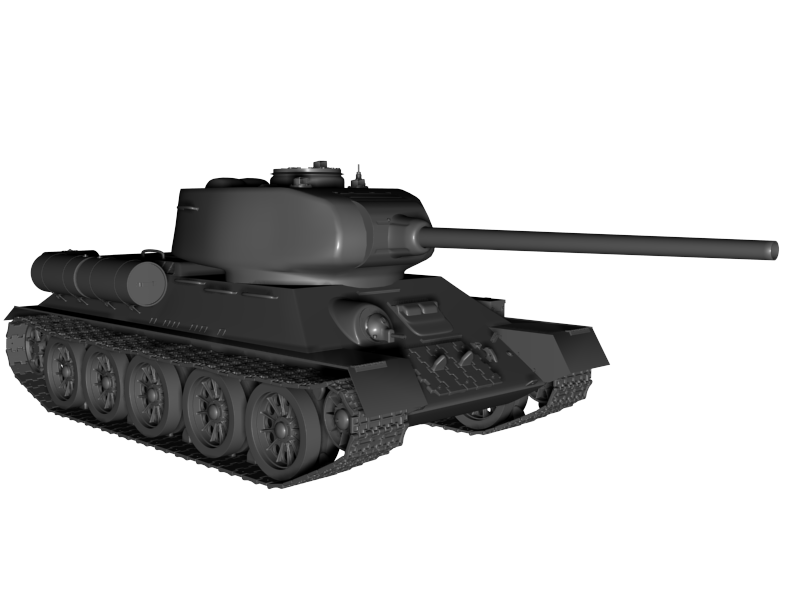

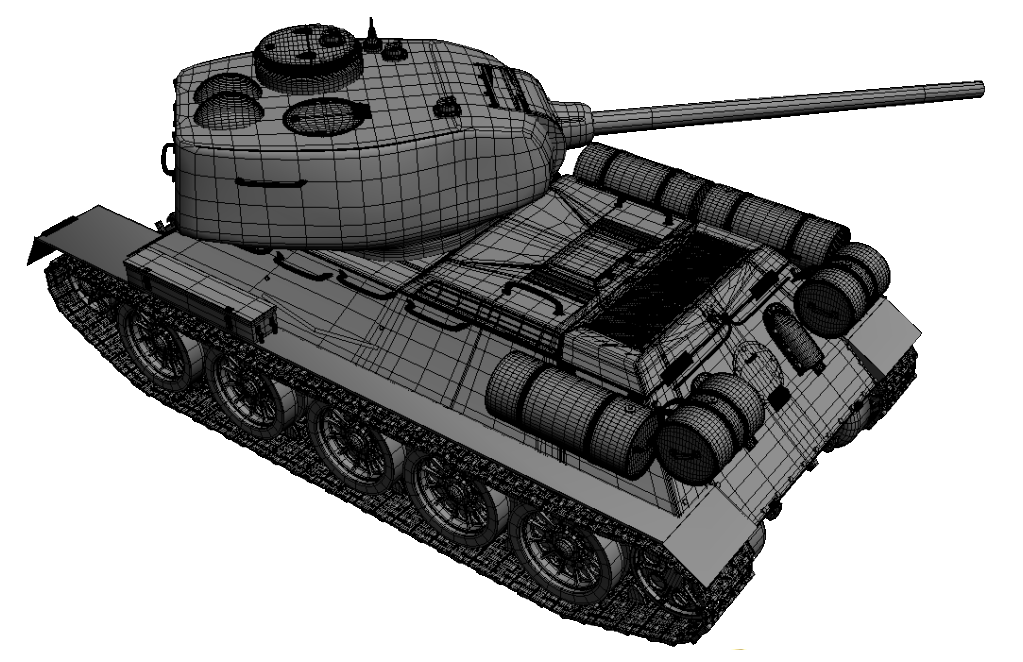
And here's my low poly with normal map and textures (about 18k):
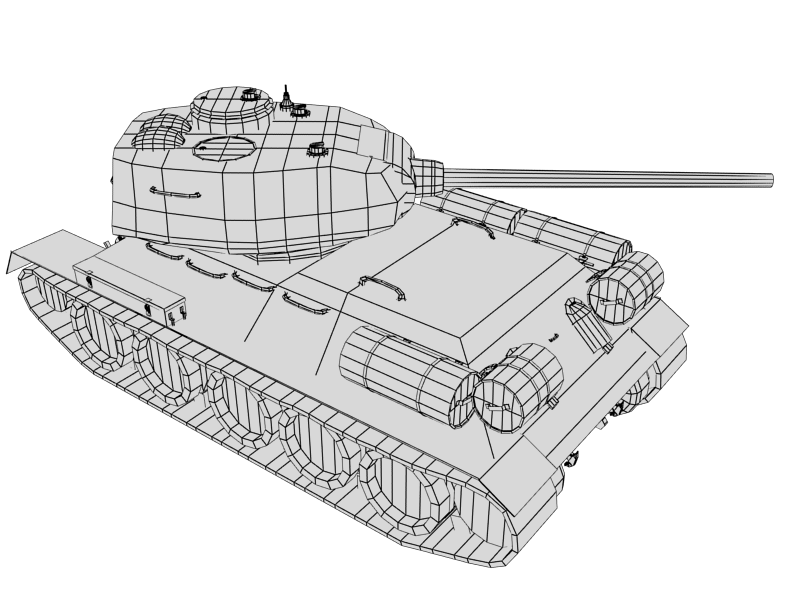
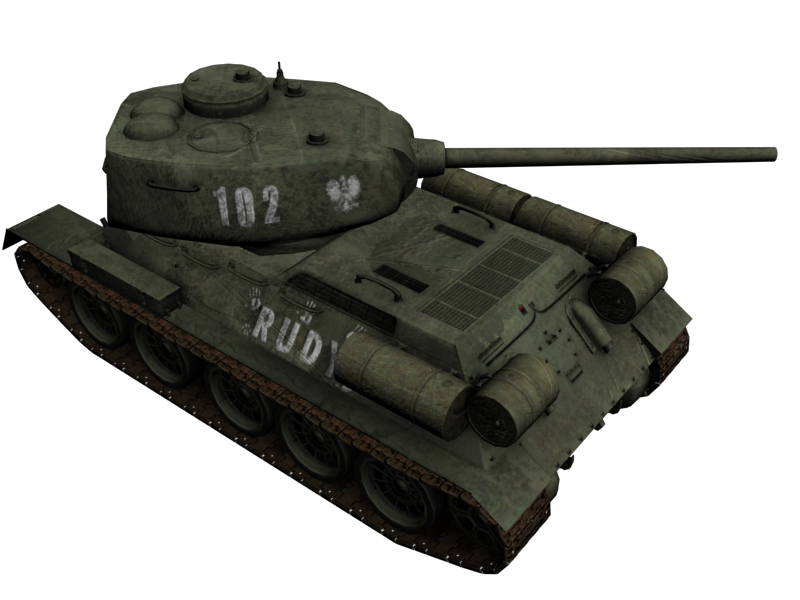
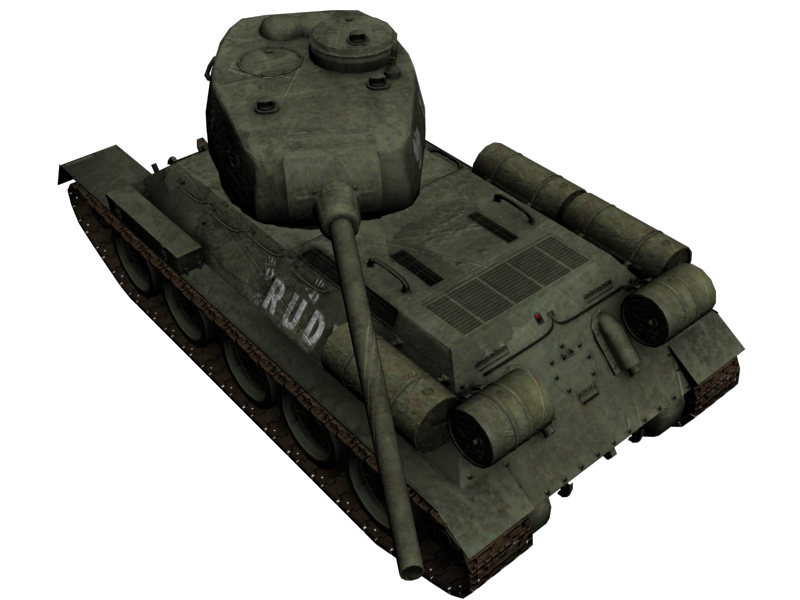
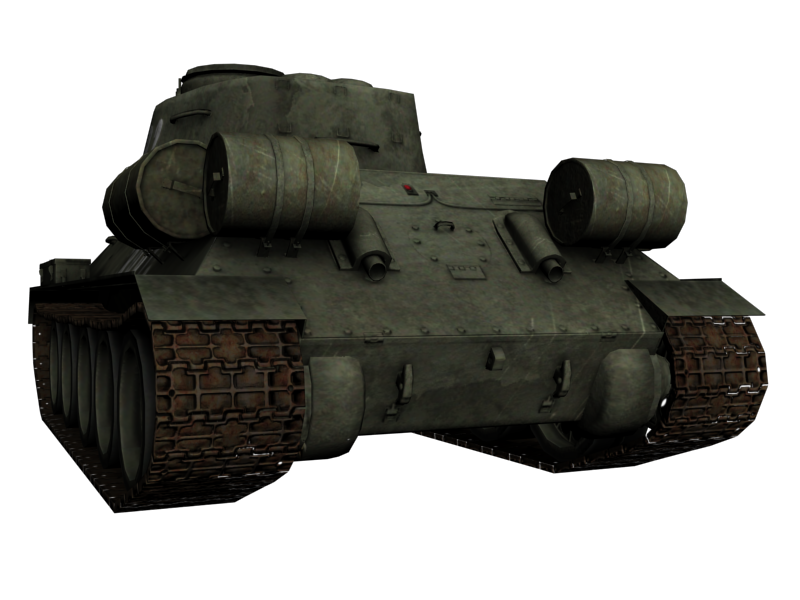
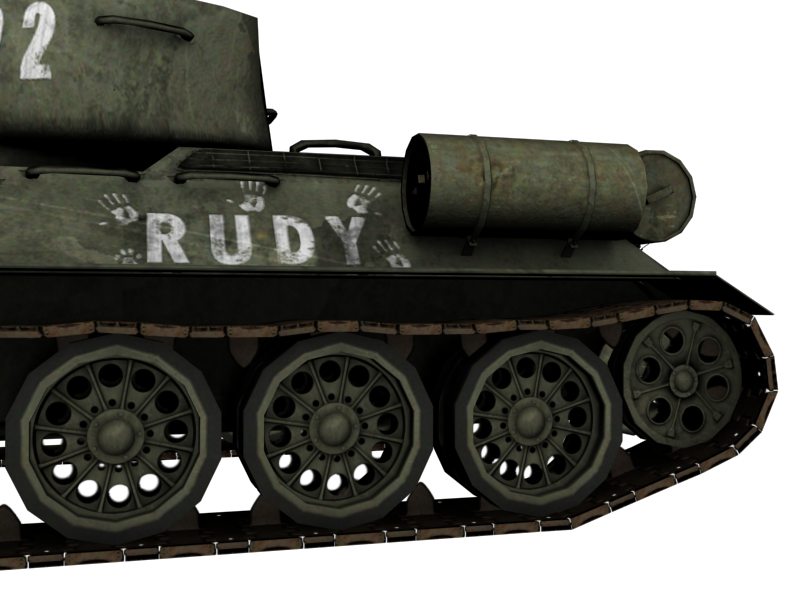
Also a render from UT3:
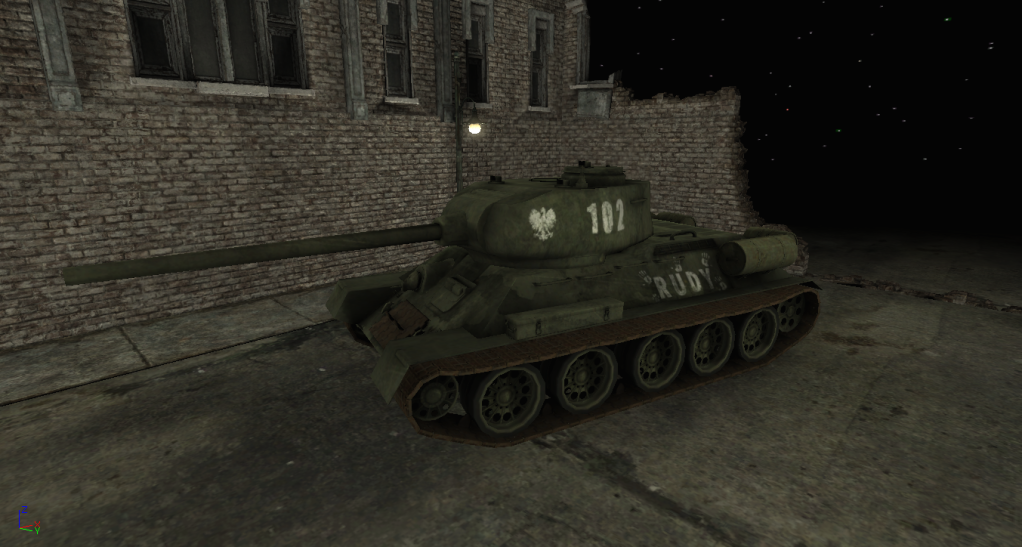
annnnnd... I think thats it >__>
hope you like and I would appreciate any comments ^^
New to the forum here, but I though I would share some of my work I just finished and maybe see what you all think. The project was to create a highpoly and low poly + textures WWII tank. Mine was T-34-85 and here are some renders:
Highpoly: Unfortunately my PC was dying trying to render it with a skylight (it was about 11mil tris) so cant really show any real pretty renders T_T



And here's my low poly with normal map and textures (about 18k):





Also a render from UT3:

annnnnd... I think thats it >__>
hope you like and I would appreciate any comments ^^
Replies
I am guessing this was for Staffs Uni for the modelling module. If so it is the best tank outcome I have seen so far.
From what Paul Pepera has said he has given some sound advice. Might be worth posting up your texture sheets then people can give you an idea of where things need improving.
What it mainly lacks in terms of texturing is a specular map, when you do your spec map add some noise to it break up the specularity and perhaps add some noise to the normal too.
The diffuse needs to be broken up http://www.bigscalemodels.com/tanks/t34-85/t34_174_tank.jpg. Brown tracks doesn't really make sense. I guess you textured them to be rusty? the tank wouldn't be oporational then. If you were gonna make a rusty unused tank then you probably want more rust around everywhere else as well as dents/bulletholes from combat.
I saw on another thread you were talking about blurry Ambient Occlusion maps. Your best bet for doing AO maps is either in Textools or inside Xnormal. A lot easier and usually better results.
You shouldn't need to render it at all. Pop the Xoliul shader onto it and just take screen grabs out of max. As for wireframes change the object colour to whatever deselect the mesh press f4 then just screen grab from the max window (You made need to change the display colour to Object colour in the Display panel)
Hope this helps.
Like the picture of Beazel : dirt, scratches are placed with a logical thinking, a kind of "story".
Ex: top part has less dirt than the side and front because it's not hit by objects from the environment.
Also, you can pop up a bit the texture by increasing the brightness of your specular, just a bit and put in grey / black your dirt because it doesn't reflect the light that much.
Really appreciate the comments as i want to improve more and more.
@Paul Pepera: hmm didn't notice the back looked a bit off... thanks for pointing it out! but yeh, I noticed plenty of little things that I could have use normal map for instead but that was after i textured it and looked at it more carefully the second time...
@Beazel: heh
Thanks for the tips about the AO, I managed to sort it out in the end but i will look into your sugestions for next time.
@megalmn2000: yeh you are right, the textures in the end could have been so much better and add "story" to it, and thanks for the tips for the specular map I will sure to remember that for next time! ^^
Here are my textures (appart from opacity map)
Feel free to comment on what would need more space or not, and yeh the texturing itself was unfortunately a bit rushed at the end so it's not as good as I could have made it.
It's hard to think of anything to critisize really.
Dont use green specular color for this better to use white or slightly blue. Now it disapears and makes the tank look too flat.
Texture still could use some highlights and well placed rust patches.
hope this will help (great tutorial):
http://www.cgsociety.org/index.php/CGSFeatures/CGSFeatureSpecial/the_top_ten_tips_of_texturing
and i absolutely agree with you, like Gheromo said it IS very rushed at the end... I always seem to rush the final texturing stage, mostly due to time constraints. Even tho I did that model a while ago now I still seem to have the same problem.... rushing it at the end, I really need to work on that...
Also, try taking a cavity map, and mask it out with its high contrast inverse so that only edges are selected.
Then convert it into a path. Finally, you can run any brush you want along that path to generate very useful masks for rust and paint... with the right filter style.